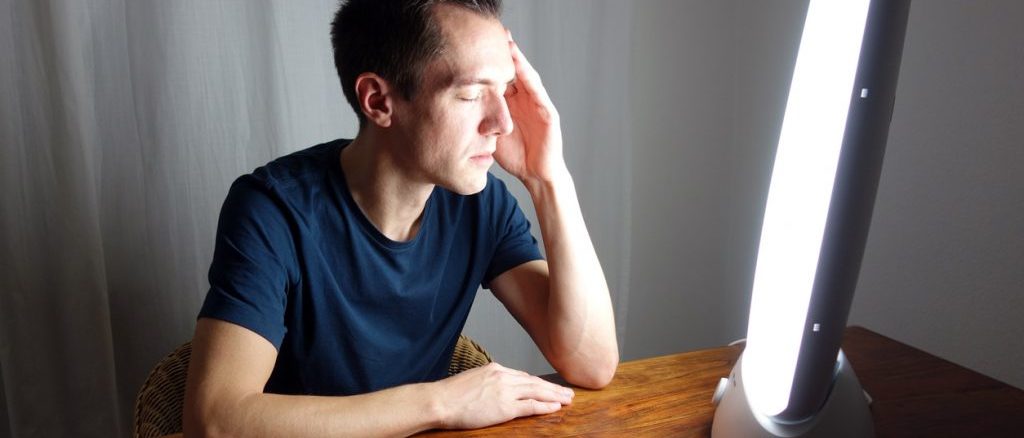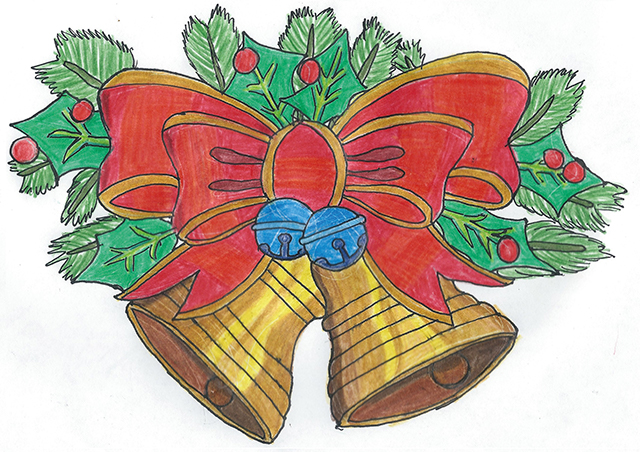
Seasonal affective disorder (SAD) can sometimes be overlooked in terms of its severity.
Unlike other forms of depression, it presents itself over a limited period of time, with the promise of an end date in spring. But this does little to minimise the debilitating effects it can have on everyday life when it does take hold in the winter months.
While traditional options such as counselling and medication hold obvious merit in treating SAD, another valid treatment has become more mainstream in recent years: the practice of light or phototherapy.
Light therapy consists of sitting in front of artificial light, usually compounded in a lamp or box, on a regular basis to counteract low mood. It’s recommended by experts to use such devices before 9am for optimal results.
The HSE estimates that seven per cent of the Irish population experience SAD. Many of those with the illness describe symptoms such as depression, fatigue, low mood, a lapse in concentration and decreased appetite, causing interference in their routine from as early September and continuing over the winter months.
An absence of sunlight can cause a drop in serotonin levels in some sufferers. Additionally, the lack of daylight disrupts the body’s internal clock, which can also act as a trigger for a depressive episode.
Geraldine McDonnell, who has had SAD for several years, finds that the use of light therapy is much more normalised in countries outside of Ireland.
A friend of hers from Sweden recognised Geraldine’s lamp on her kitchen table instantly and told her of their common use in Scandinavian countries.
“They are used daily over there due to the lack of light as parts of Scandinavia spend most of the day in darkness over winter. A lot of people in that part of the world would use them irrespective of a mental health diagnosis,” McDonnell said.
However, McDonnell believes that it is easier to have an open dialogue regarding SAD in Ireland in comparison to other mental illnesses because of its brevity, adding that many people find it easier to discuss SAD in comparison to other conditions.
Light therapy boxes have nonetheless become more discreet in design over the years for those who may not want to explain their intended use to household visitors.
“They have gotten much smaller now, you have ones that will fit onto your desk while you are working. They could easily be mistaken for a desk light that you use for reading,” McDonnell said.
A 2015 study from the U.S. National Centre for Biotechnology Information (NCBI) on SAD found that the disease is four times more prevalent amongst women and normally presents itself in young adulthood.
People with less exposure to daylight, including healthcare professionals who do night shifts, are reportedly more susceptible to the condition than those who can spend more time outdoors during the day.
McDonnell added that, ultimately, a healthy dialogue about the issue is crucial for those suffering in winter:
“If someone doesn’t find out about it, it can make their suffering worse because they don’t understand what is happening. Being proactive in terms of getting support makes a huge difference.”
Further information on seasonal affective disorder can be found by visiting the HSE website at https://www2.hse.ie/conditions/mental-health/seasonal-affective-disorder/seasonal-affective-disorder-sad-symptoms.html
Róisín Butler
Image Credit: iStock



